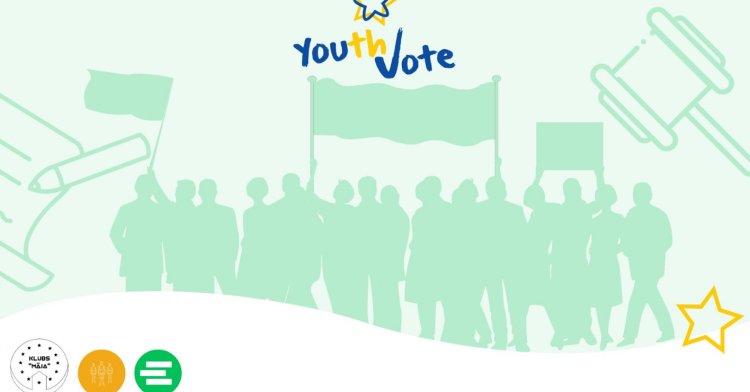THE PAST AND CURRENT SITUATION
European elections are one of the paradoxes of European Union integration. The EU has responded to criticisms of its democratic deficit by increasingly empowering the European Parliament, the institution that directly represents citizens at EU level. The Parliament has seen its authority increase every year, but since 1979, voter turnout has declined in every single election. Falling voter turnout is a common trend and young voters abstain more than the general population in all European countries. The 2009 European election was marked by a rate of youth abstention of almost 65%, a level rarely found in democratic politics. The electoral participation of young voters is almost 30% below that of older voters. This figure suggests that when young people grow older, they are more likely to vote.
THE AVERAGE NON-VOTER
All the main socio-demographic factors (age, gender, social position and occupational situation) affect the likelihood of voting. The principal factors that affect the abstention rate are:
- Age: 64% of 15- to 34-year-olds abstained, of which 71% of under 25 abstained, falling to 58% for those between 25 and 34;
- Gender: young women abstain from voting more than young men do. This bias is more acute in the younger sub-group than in the older one, where figures of abstention among men and women are broadly similar;
- Social class: abstention is more frequent among those members of the younger generation who perceive themselves as being on the bottom rungs of the social ladder.
THE CAUSES OF YOUTH ABSTENTION IN EUROPEAN ELECTIONS
These are the five main causes that have impacted the low turnout rate, especially amounts young people, in recent history:
- The first is the controversy about the legitimacy of the process of European integration. The EU has acquired competences and influence more quickly than the pace at which the public has become involved in its decision-making. Abstention by members of the younger generations demonstrates that living in an increasingly integrated Europe is not a sufficient incentive to persuade them to vote.
- The second, declining voter turnout in general, and among young people, is directly related to changes in the forms of political socialization and activism. Political socialization is still pursued by formal and informal national political institutions, which means that youth abstention in European Parliamentary elections is also rooted in national politics.
- Third, in most countries there is limited knowledge about the role of the European Parliament, its functions, and its significance in policy making. This can be due to gaps in civic education or lack of accessible information about the EP and its elections, which results in lower awareness among young people about the importance of participating in EP elections.
- Fourth, some young people just feel that their vote or engagement in EP elections won’t make a significant impact on legislation. They have a limited understanding of how their participation can influence decisions made by the EP, leading to a sense of disillusionment or apathy.
- Fifth, parties are out of touch with young people’s preferred forms of activism and young people are under-represented in politics. Because fewer young people vote, political parties nominate few young candidates, which means that few young people are actually elected to Parliament, and supposedly representative institutions produce biased results, focusing less on young people’s interests.
- Sixth, some young people face practical barriers in placing their vote. These barriers can disproportionately affect young people who are marginalized or disadvantaged, further contributing to low turnout among this group.
SOLUTIONS AND RECOMMENDATIONS
There is no one specific guide that can completely solve this issue, but here are some recommendations that could help improve the current situation.
- The history and role of the EU should be Integrated into national educational systems.
- Member states should propose a quota on party MEP candidates: 25% should be aged under 35.
- Parties should use social media to engage and network with the audience, instead of repeating slogans.
- Existing methods for selecting candidates for election should be replaced with open primaries.
- Youth issues should clearly be included in party manifestos.
- Key groups like students, the socially excluded and first-time voters should be mainly targeted.

Follow the comments: |
|
